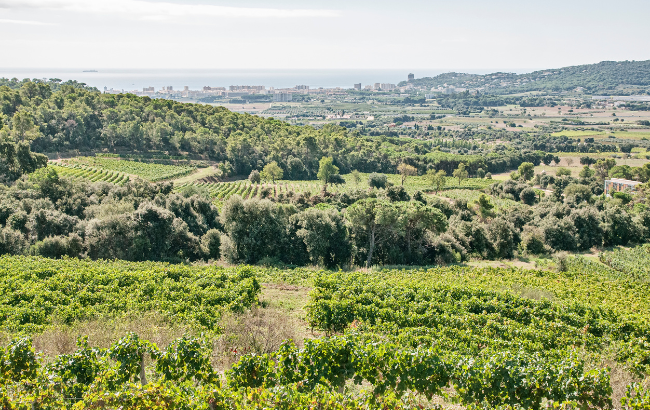Natural cork still reigns supreme in China
By Phoebe FrenchIn a survey conducted by Wine Intelligence, 61% of those surveyed in both China and the US said they liked buying wine with a cork closure.
In its examination of five wine markets – the UK, Australia, China, Germany and the US – Wine Intelligence found that in three out of five, natural cork still reigned supreme. As part of the study, the wine research specialist asked participants whether they agreed with the statement ‘I like buying wine with this closure’ and ‘I don’t like buying wine with this closure’ and also recorded those that did not mind either way.
Despite the growth in the number of non-cork closures as well as screwcap-heartland Australia’s passionate battle to eradicate the snobbery surrounding its favoured stopper, Wine Intelligence has found that talk of the demise of cork is premature. Cork still seals an estimated 60% of the world’s wine bottles, amounting to around 13 billion a year.
A recent experiment in London aimed to answer the question of whether the sound of a cork popping affects our perception of a wine’s quality. In terms of producer closure preference, cork is still favoured by many, not only for its association with continuity and tradition, but also because some producers believe it is essential to the development of the wine. On the other hand, others avoid it, citing experiences with TCA which destroyed all their hard work, leading to aromas of damp, musty cardboard and wet dog in the wine. Mitchell Taylor, managing director of Wakefield Wines, recently told the drinks business that he had “never looked back” when switching from cork to screwcap.
Over the last 15 years, the cork industry has cleaned up its act considerably, with product innovations such as Amorim’s NDtech, a natural cork with a non-detectable TCA guarantee. This, however, has not stopped the growth of other non-cork closures from elbowing their way into the market.
The study
In its recent study, Wine Intelligence reported that China and the US were the countries that expressed the strongest preference for buying wine under natural cork, with 61% of participants from both nations agreeing with the statement that they liked buying wine with a natural cork closure. They were closely followed by Germany, where 60% of those surveyed said they enjoyed purchasing wine under natural cork.
On the flip-side, in the UK 41% said they sought out natural cork and, unsurprisingly, in Australia, the figure decreased further, coming in at just 37%.
However, interestingly, 11% of Chinese participants said they did not like buying wine under natural cork (28% remained neutral), compared to 10% in Australia (53% were neutral) and 9% in the UK (50% were neutral.)
Partner Content
When asked the same question, but relating it to screwcaps, it was the Chinese that came bottom, with only 23% saying that they liked buying wine sealed in this way. China was followed by Germany with 27%, the US with 31%, the UK with 40% and Australia with 45%. Interestingly, across all five markets, the number that remained neutral regarding screwcaps showed little variation: China (45%), Germany (46%), Australia (48%), the US (47%) and the UK (53%).
However, it was China, yet again, that topped the list of those actively avoiding screwcaps, with 32% not liking buying wine with the closure, followed by Germany with 27%, the US with 22% and Australia and the UK both with 7%.
When comparing these figures with earlier studies, the general movement is that dislike of screwcaps is decreasing while the preference for natural cork is waining. However, in Australia, the 45% preference for screwcap is actually a reduction on the percentage recorded in previous years.
As Jamie Goode, in his closure feature in the August edition of the drinks business, noted: “it’s not necessarily consumer opinions that are driving closure choice. It is winemakers who make the call, and their choice may well be based on their perceptions of the target market”.
To read Goode’s full analysis of closure preferences, please click here.
Click through to view the Wine Intelligence infographics and visual representation of consumer preference for natural cork, screwcap and synthetic cork by country.
Natural cork preferences
Source: Wine Intelligence
Screwcap closure preferences
Source: Wine Intelligence
Synthetic cork closure preferences
Source: Wine Intelligence




